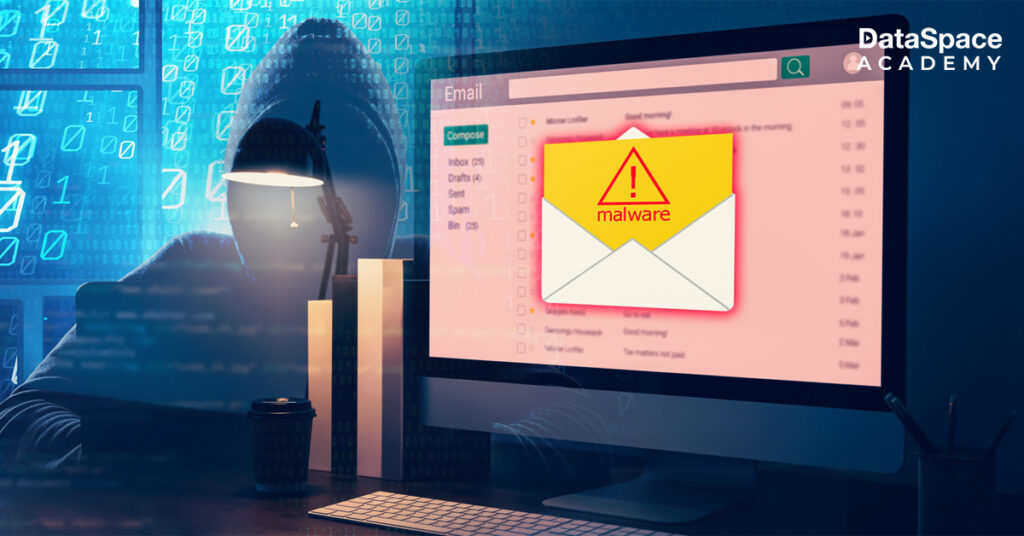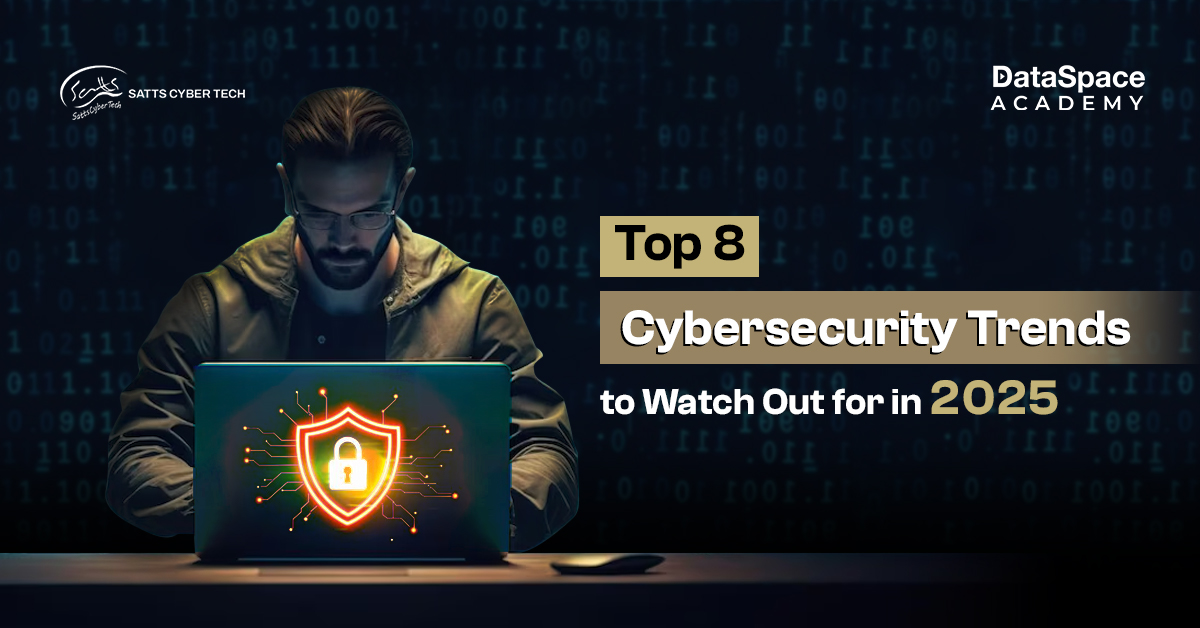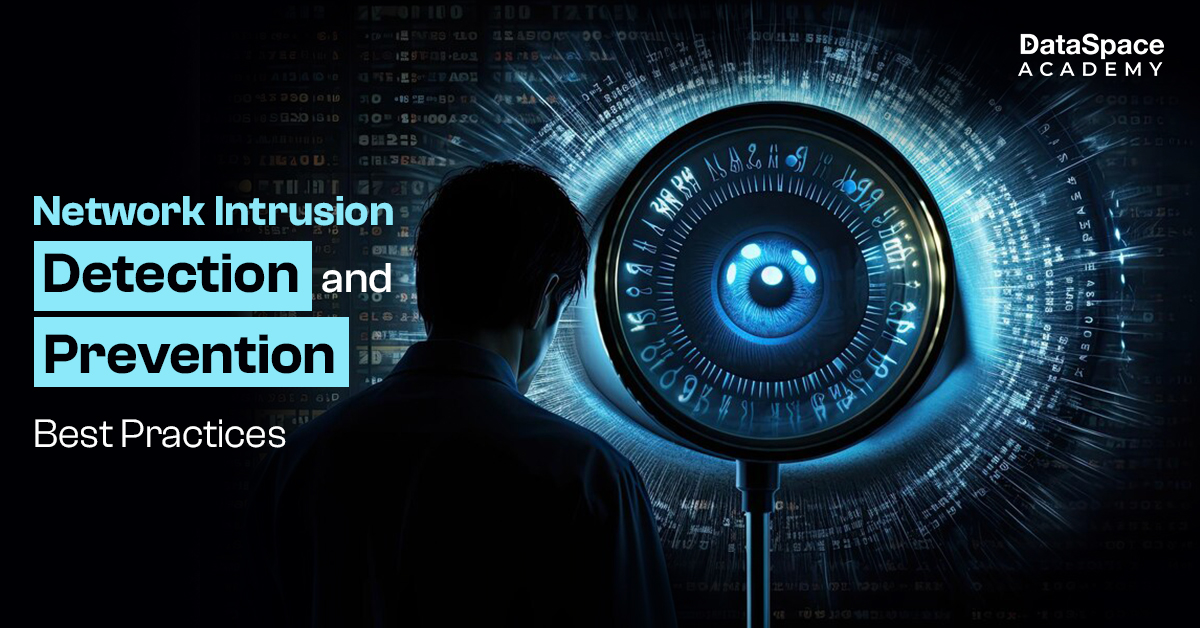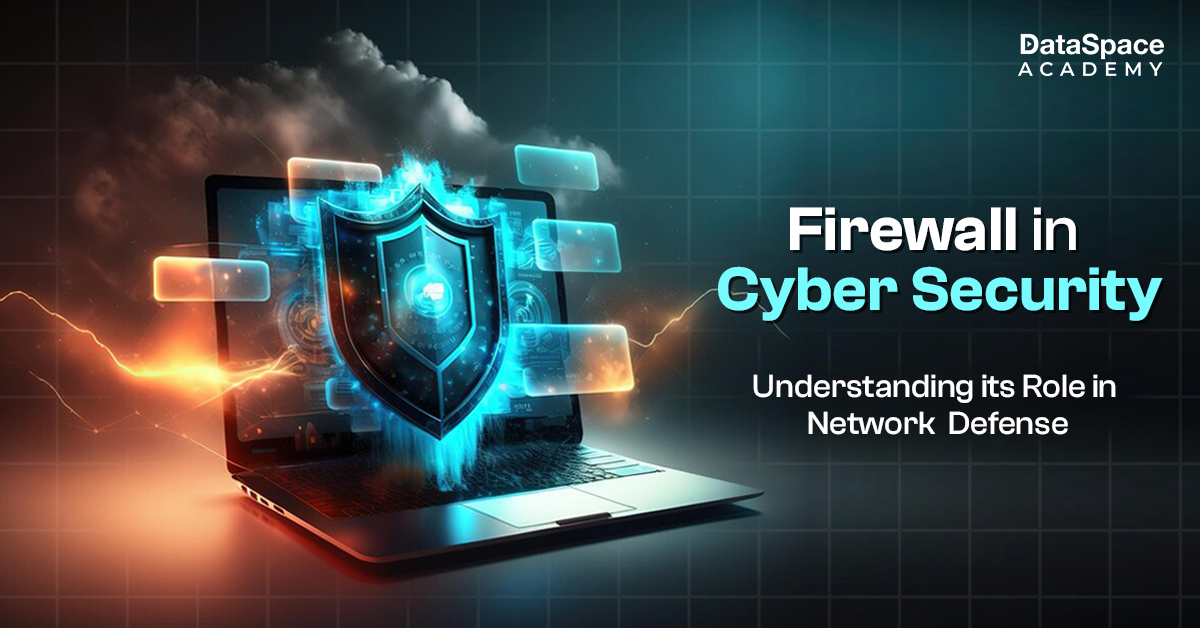Top 6 Cybersecurity Trends for 2024
Last Updated : 03 Nov, 2023
 1.12L
1.12L

Introduction
In an era marked by rapid technological advancements, the ever-evolving landscape of cybersecurity demands our constant attention. The importance of staying up-to-date with the latest cybersecurity trends cannot be overstated. As we approach 2024, it’s crucial to equip ourselves with the knowledge and tools to protect our digital assets from an array of cyber threats. Let us explore the Top 6 trends in cyber security for 2024 that are poised to shape digital defence strategies for the coming year.
Top cybersecurity trends 2024
1. Zero Trust Architecture
Zero Trust Architecture (ZTA) heralds a paradigm shift in cybersecurity that challenges the traditional “trust but verify” model. In 2024, ZTA will continue to gain momentum as it advocates for “never trust, always verify”, ethos. This implies that no user or device should be automatically trusted, emphasizing the need for continuous verification – thereby enhancing security, and reducing potential vulnerabilities.
In a zero-trust model, every user and device must prove their identity and be continuously authenticated. This protocol is mandatory irrespective of their location or network connection. The ZTA approach is particularly pertinent in the age of remote work and cloud-based services. As cyber threats continue to evolve, ZTA helps organizations minimize the attack surface and contain potential breaches effectively.

2. AI-Driven Threat Detection
This is one of the latest cybersecurity trends that’s worth mentioning in our list.
Artificial Intelligence (AI) is at the forefront of the battle against cyber threats. In 2024, AI-driven threat detection and response systems will play a pronounced role in cybersecurity. These systems can analyze massive datasets in real-time, identifying patterns and behaviours that could indicate malicious activity. As cyber threats become more sophisticated, AI is an essential tool for staying ahead.
AI-based cybersecurity solutions use machine learning algorithms to detect anomalies and potentially harmful activities across vast networks of devices and data. With AI, organizations can proactively identify and mitigate threats, reduce false positives, and respond to incidents with greater speed and accuracy. AI’s ability to adapt to evolving threats makes it a pivotal trend in cybersecurity for 2024.
3. Quantum-Safe Cryptography
As quantum computing advances, traditional encryption methods are falling short to provide security from cyber attacks. Quantum-safe cryptography, also known as post-quantum cryptography, will be a top priority in 2024. This technology ensures that cryptographic systems remain secure against quantum attacks, thereby safeguarding sensitive data from cutting-edge threats.
Quantum computers have the potential to break existing encryption algorithms by quickly solving mathematical problems that underpin encryption. In response, quantum-safe cryptography focuses on developing encryption methods that can withstand quantum attacks. Hence, with the rise of advanced quantum computing technology, the urge for quantum-resistant encryption will become prominently higher.
4. More evolved cloud security
Talk about the current cybersecurity trends and cloud security surely claims a place in the list.
As the use of cloud services continues to expand, cloud security remains a top concern. In 2024, we can expect to see more advanced cloud security solutions and practices. This includes a focus on securing containerized applications, serverless computing, and enhancing visibility into cloud workloads.
The shift to cloud computing has not only transformed the way businesses operate but has also introduced new challenges for cybersecurity. Organisations are increasingly relying on cloud services to store, process, and manage their data. In response, cloud security is evolving to provide better protection for cloud environments. Security solutions are taking a more cloud-native approach, offering improved protection for containerized applications and serverless computing. Furthermore, organisations are working to enhance visibility into their cloud workloads, ensuring that potential threats are promptly identified and addressed.
5. IoT Security Enhancements
The proliferation of IoT (Internet of Things) devices, from smart appliances to industrial sensors, has expanded the attack surface for cyber threats. As these devices become increasingly integrated into daily life and business, securing them has become a top priority. Thus, in 2024, IoT security will see improvements with a focus on more advanced security measures. These include end-to-end encryption, robust access controls, and regular software updates to mitigate vulnerabilities in connected devices
While end-to-end encryption will help to protect data travelling between devices and networks, robust access controls will limit unauthorized access to IoT devices. And, regular software updates will address vulnerabilities as they emerge, reducing the risk of exploitation by cybercriminals.
6. Ransomware Resilience
Ransomware attacks have become increasingly sophisticated lately, prompting organizations and individuals to take proactive steps to protect themselves. According to expert predictions, in 2024, organizations and individuals will invest in building ransomware resilience. This will include robust backup and recovery solutions, employee training, and proactive threat intelligence to effectively counter ransomware threats.

A robust backup and recovery solution protocol will help to restore critical data in the event of an attack. Employee training will focus on recognizing and responding to phishing and social engineering attempts, which are common vectors for ransomware. Additionally, organizations will invest in proactive threat intelligence to stay ahead of emerging ransomware threats, allowing for more effective prevention and response.
Conclusion
With digital connectivity fast becoming the norm, staying updated on the latest cybersecurity trends is crucial. The top six trends we’ve explored – Zero Trust Architecture, AI-Driven Threat Detection, Quantum-Safe Cryptography, Cloud Security Evolution, IoT Security Enhancements, and Ransomware Resilience – will be at the forefront of cyber defence in 2024.
To ensure the optimum security for your digital assets, it’s imperative to adapt to these emerging trends and invest in cybersecurity knowledge and tools. If you are looking for the best cyber security institute in kolkata, DataSpace Academy could be a plausible choice. The organisation is an award-winning cybersecurity training institute that offers cybersecurity certification courses for all levels. The academy also extends internship and placement assistance.
By staying informed and prepared, you can fortify your digital defences and navigate the ever-changing cyber landscape with confidence.
 1.12L
1.12L





































































































